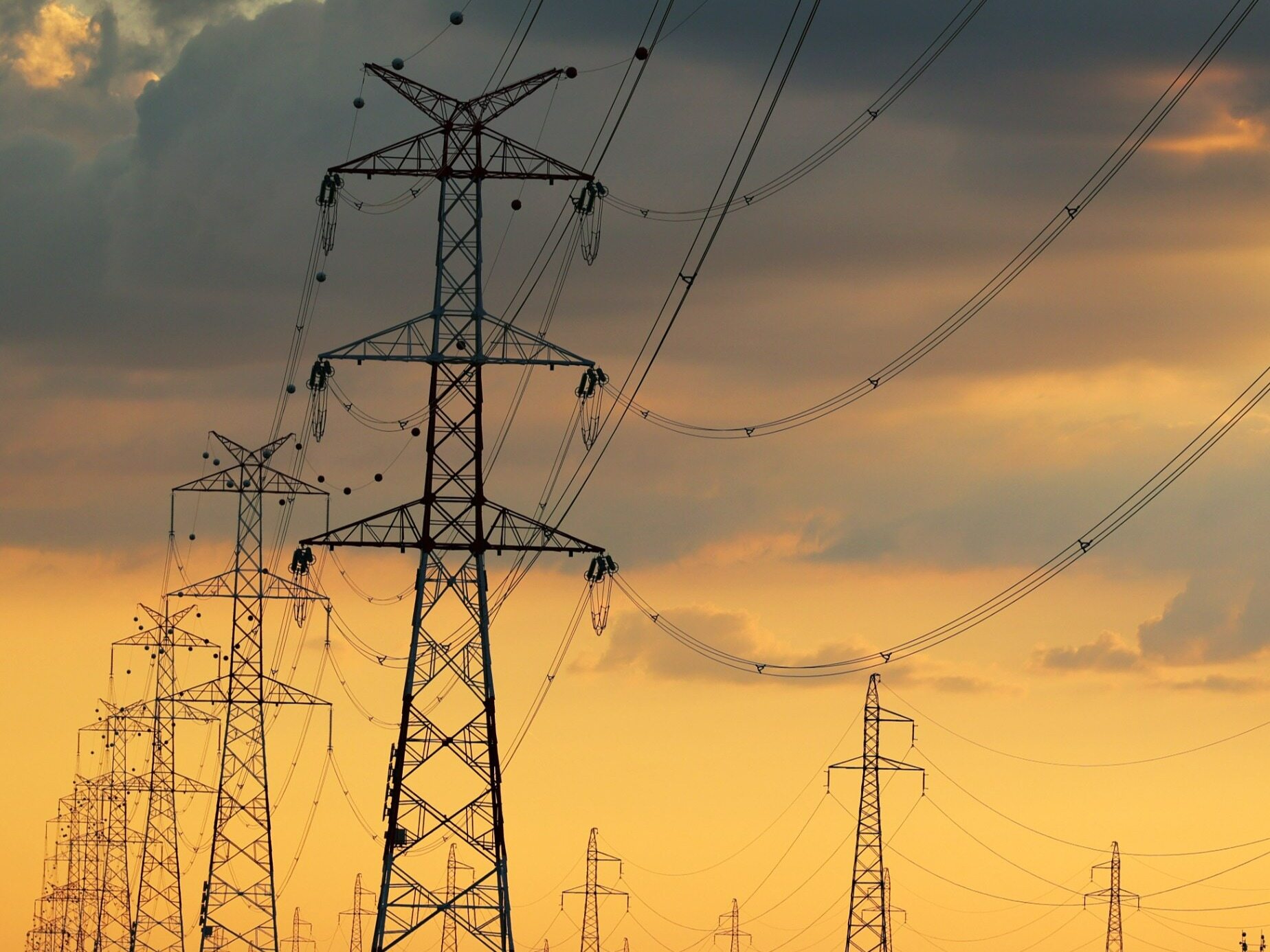A record was broken for power demand. Are we at risk of a blackout?

On Tuesday, January 9, 2024, another record for power demand was broken. The temporary consumption before 10:00 exceeded 28.6 GW. At the peak of the solar peak, photovoltaics helps significantly. In the evening we had to rely on imported energy.
In terms of weather, we don’t have good news: we have several weeks of frost ahead of us. For the power system, this means one thing – full operation. Statistics show that the lower the temperature, the greater the demand for power. Are we at risk of a blackout due to frost?
Record power demand
On Tuesday, January 9, 2024 at 10:45 a new record was set for the value of domestic power demand. According to preliminary data, it amounted to 28,645 MW and was almost 1,000 MW higher than the previous maximum value of 27,617 MW, which was recorded on February 12, 2021. Data from the south, when the power demand dropped below 28 GW, confirm that such high consumption energy is related to low temperature. Heat generation was responsible for the consumption of 22.3 GW.
– This is undoubtedly related to the intensive replacement of individual, non-ecological boilers in recent years in favor of energy-intensive heat pumps or system heating from municipal networks. System heating meets the needs of approximately 13 percent. households in Europe, in Poland this percentage is as much as 40%. It is no wonder that negative temperatures generate such a large increase in energy demand – explains Sławomir Wołyniec, President of the Management Board of V-Project SA.
The previous record, from February 12, 2021 (at 10:45) was 27,617 MW. Nearly 1,000 MW higher demand is the result of, among others, heating electrification. Heat pumps, replacing coal, gas and biomass heating, have a much lower COP at low temperatures by additionally turning on heaters. While at a temperature of +12 degrees C with underfloor heating the COP will be 7 (i.e. from 1 kWh of electricity the pump will generate 7 kWh of thermal energy), at -12 degrees C the total efficiency of the pump (taking into account the decrease in compressor efficiency and the inclusion of heaters ) will slightly exceed 1 – reports WysokieNapieńie.pl.
The import of raw materials guarantees energy security
We know from the statistics on energy production published on an ongoing basis by Polskie Sieci Elektroenergetyczne (PSE) that at the time of record demand, domestic coal- and gas-fired power plants and combined heat and power plants operated with a capacity of approximately 23 GW, and wind farms and photovoltaic installations with a capacity of approximately 4.7 GW. The rest was covered by imports, mainly from Germany, Sweden, the Czech Republic and Ukraine. Even though the share of energy from renewable sources in the overall volume is growing, and recent years have been a period of great boom for the Polish photovoltaic industry, coal units play and will continue to play a dominant role in the Polish power system. In 2023, they produced 105 TWh of energy, i.e. 63%. total electricity.
Currently, according to PSE, all conventional power plants are operating and are ready for further increases in demand. The only thing that can threaten the efficient operation of the power plant is the lack of raw material. This is one of the most frequently mentioned reasons for problems with meeting the energy needs of the population.
– I think we don’t have to worry about that at the moment. In fact, hard coal mining in Polish mines dropped to 49 million tons in 2023, but the supply of coal dust for the commercial power industry is not at risk. They are met on an ongoing basis by both domestic sources and importers of raw materials, including: from Kazakhstan, South America, Australia and South Africa. Moreover, the downward trend in coal prices on the global market, which was already visible last year, continues – added Sławomir Wołyniec.
He reminds that at the end of November last year, thermal coal in ports in Western Europe was over 63 percent higher than in the previous year. cheaper than a year earlier. Importers take advantage of this situation by bringing enough raw materials into the country. Currently, there are still surpluses of energy coal dust on the market. Only a harsh and long winter can change the situation
Considering that we are talking about the beginning of a frosty winter only in mid-January, the country’s energy situation should not be at risk.
The demand for energy is constantly growing
Reports on the results of monitoring the security of electricity supplies published by the Ministry of Climate and Environment show that already in 2030, the demand for power (net) at the annual peak in Poland will exceed 30.5 GW. At the same time, due to the decommissioning of obsolete units, the power available in existing conventional units will decrease.
The decrease in power will probably be so large that even the projected increase in power from renewable sources and possible nuclear units will not meet the country’s growing needs. Therefore, it seems necessary to make a decision as soon as possible to modernize the existing coal units and increase their efficiency until the volume of power from other sources reaches a level that guarantees our energy security. All the more so because we do not have to worry about providing energy resources for at least several dozen years.






